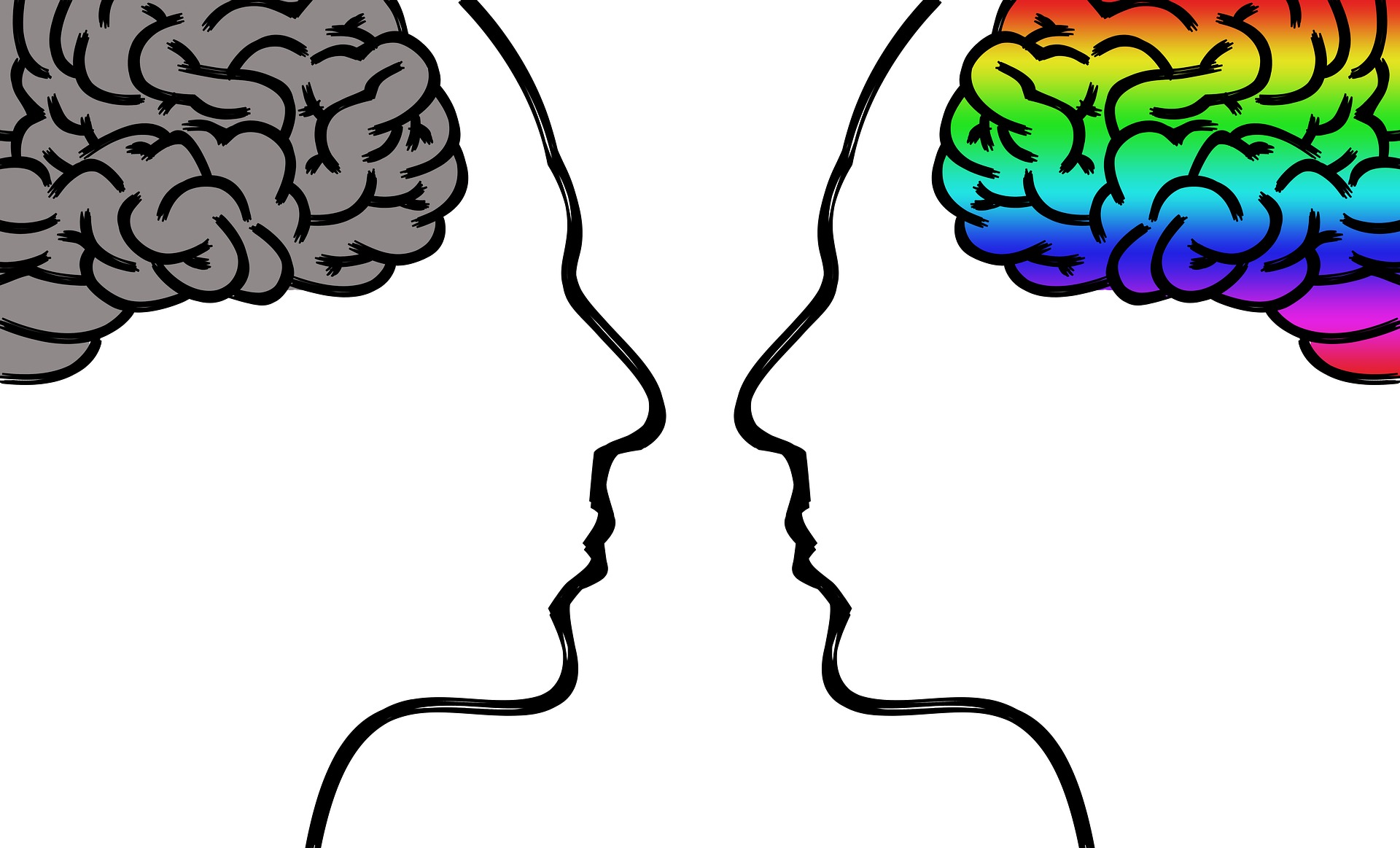Weekly Review #34 – Summary of the latest news In science and technology research across the world, carefully handpicked by team Research Stash
Scientists Develop Liquid Fuel That Can Store The Sun’s Energy For Up to 18 Years
No matter how abundant or renewable, solar power has a thorn in its side. There is still no cheap and efficient long-term storage for the energy that it generates. Read More
UW researcher using stem cells to create ‘spare part’ for blindness
Scientists in Dr David Gamm’s lab at UW-Madison can coax stem cells to grow into three-dimensional retinas in a dish and show that the tissue responds to light. Read More
Pre-existing CRISPR immunity found in 96% of humans in the study
The happier and healthier future promised by CRISPR-Cas9, the gene-snipping technology that has been heralded as a potential way to treat cancer and other genetic diseases, may take a little longer to achieve. Read More
World’s longest DNA sequence decoded
The scientists produced a DNA read that is about 10,000 times longer than normal, and twice as large as a previous record holder, from Australia. Read More
Owls help scientists unlock the secret of how the brain pays attention
By studying barn owls, scientists at Johns Hopkins University believe they’ve taken an important step toward solving the longstanding mystery of how the brain chooses what most deserves attention. Read More
“Schrödinger’s Bacterium” Could Be a Quantum Biology Milestone
A recent experiment may have placed living organisms in a state of quantum entanglement Read More
Machine Learning to Help Optimize Traffic and Reduce Pollution
Applying artificial intelligence to self-driving cars to smooth traffic, reduce fuel consumption, and improve air quality predictions may sound like the stuff of science fiction, but researchers at the Department of Energy’s Lawrence Berkeley National Laboratory (Berkeley Lab) have launched two research projects to do just that. Read More
FDA approves first Microsoft HoloLens augmented reality system for surgical use
The FDA has recently given 510(k) clearance to the OpenSight Augmented Reality System, the first augmented reality (AR) medical solution for Microsoft HoloLens cleared for use in pre-operative surgical planning. Read More
DNA ‘dances’ in first explanation of how genetic material flows through a nucleus
DNA flows inside a cell’s nucleus in a choreographed line dance, new simulations reveal. The finding is the first large-scale explanation of genetic material moving within a working cell. Read More
Groundbreaking new technology could allow 100-times-faster internet by harnessing twisted light beams
Broadband fibre-optics carry information on pulses of light, at the speed of light, through optical fibres. But the way the light is encoded at one end and processed at the other affects data speeds. Read More
If you liked this article, then please subscribe to our YouTube Channel for the latest Science & Tech news. You can also find us on Twitter & Facebook.



